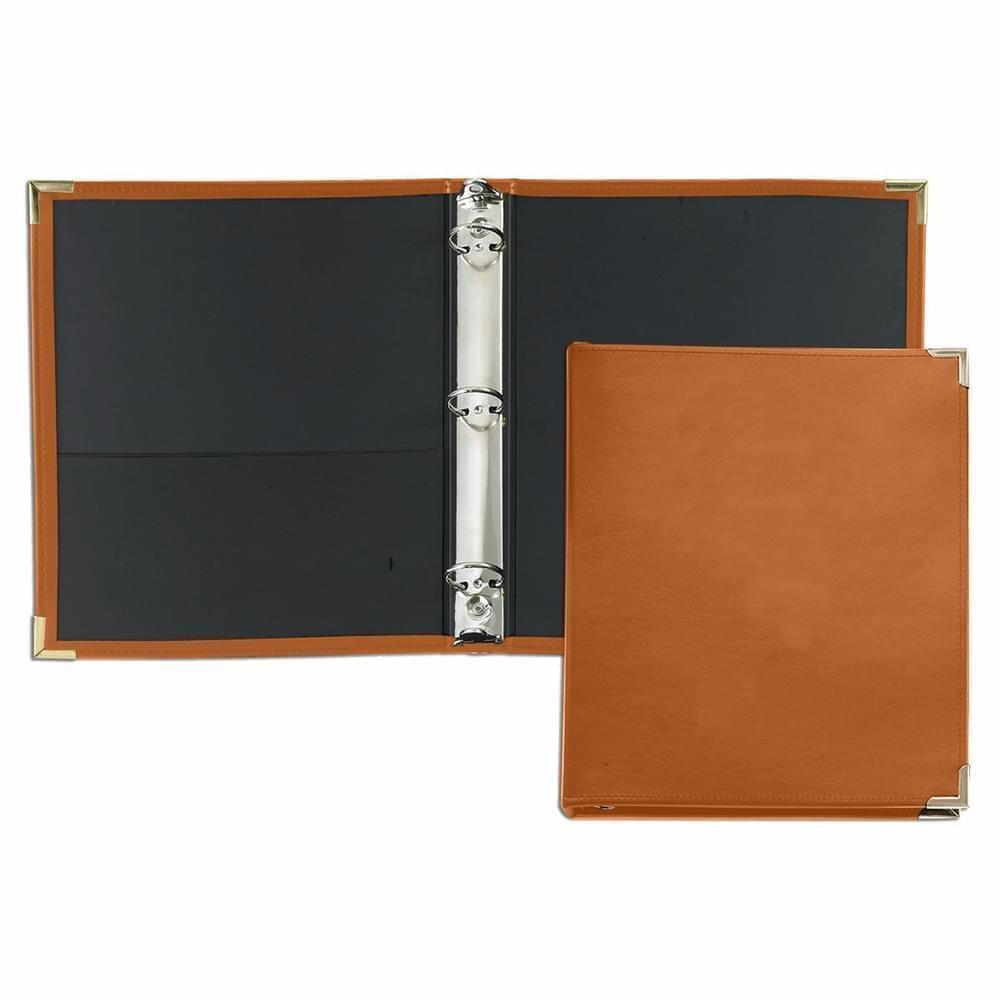
Fortune features a story on a distinguished professor who has studied supply chains for the last 2 decades. This professor believes that the supply chain has been forever changed due to the pandemic.
He asserts that the global supply chains that modern companies depend on were turned upside down after COVID-19 emerged in China, resulting in shortages of nearly everything. Three years later, retailers continue to struggle to keep some products in stock, and overall stress in supply chains remains high. Many companies that didn’t go bust during the pandemic have been rethinking their supply chains and implementing changes to make them more resilient.
The professor lists some ways companies can, and should, adjust due to changes which are likely permanent.
1. Bringing supply chains home
Supply chains that span the globe are more vulnerable to problems outside of a company’s control, such as an earthquake or a citywide lockdown.
That’s why companies have been relocating suppliers and production facilities closer to home to ensure they can withstand disruptions and maintain business continuity. A recent survey found that U.S. transport and manufacturing reshored about 350,000 jobs in 2022. This trend not only has support from government subsidies but retailers as well. Walmart, one of the world’s biggest retailers, has committed to help its suppliers reshore by increasing its purchases of U.S.-made products by $350 billion over the next decade.
U.S.-based Apple is frustrated by product delays in China, where 98% of its iPhones are made, recently started producing models in India. In addition, Foxconn, its largest supplier, agreed to expand production in Vietnam.
2. Investing in more technology
Since the pandemic, companies have since learned that being able to see what is happening along their supply chains is critical to adapting to disruptions. Companies have been investing a lot of tech, including state-of-the-art software to better communicate with suppliers to cloud computing for efficient data storage, AI tools to make better decisions and robotics for automating processes. This will likely continue in future.
There’s more at the article. It’s very well written and sourced. Have a look.

 Dad Caps
Dad Caps
 Five Panel Hats
Five Panel Hats
 Mesh Back Hats
Mesh Back Hats
 In Stock Blanks
In Stock Blanks
 Snapback Hats
Snapback Hats
 Stretchfit Hats
Stretchfit Hats
 Duffel Bags
Duffel Bags
 Backpacks
Backpacks
 Tote Bags
Tote Bags
 Computer Bags
Computer Bags
 Sling Messenger Bags
Sling Messenger Bags
 Cooler Bags
Cooler Bags
 Cuff Hats
Cuff Hats
 Beanies
Beanies
 Scarves
Scarves
 Zipper Folders
Zipper Folders
 Stitched Folders
Stitched Folders
 Accordion Folders
Accordion Folders
 Ring Binders
Ring Binders
 Letter Folders
Letter Folders
 Clipboards
Clipboards

 Union Made In USA
Union Made In USA






